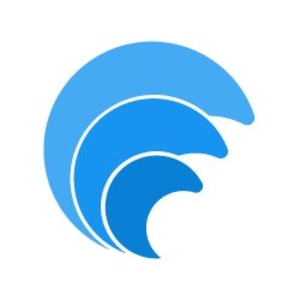It needs a desktop version for developers with license type CE. I would like to have the possibility to have a CE that lets me migrate from SQL Server Express, Access, and OpenOffice Base and keep all UI front-end development in just one system. In short, the 6.7 was good enough. The question is: Will there always be a desktop version CE that will let me work with, for example, five users for free, and then start to pay from user six, or in my case, three users? Right now, I do not see WaveMaker in this field, and there are others points to ask for from a desktop.

